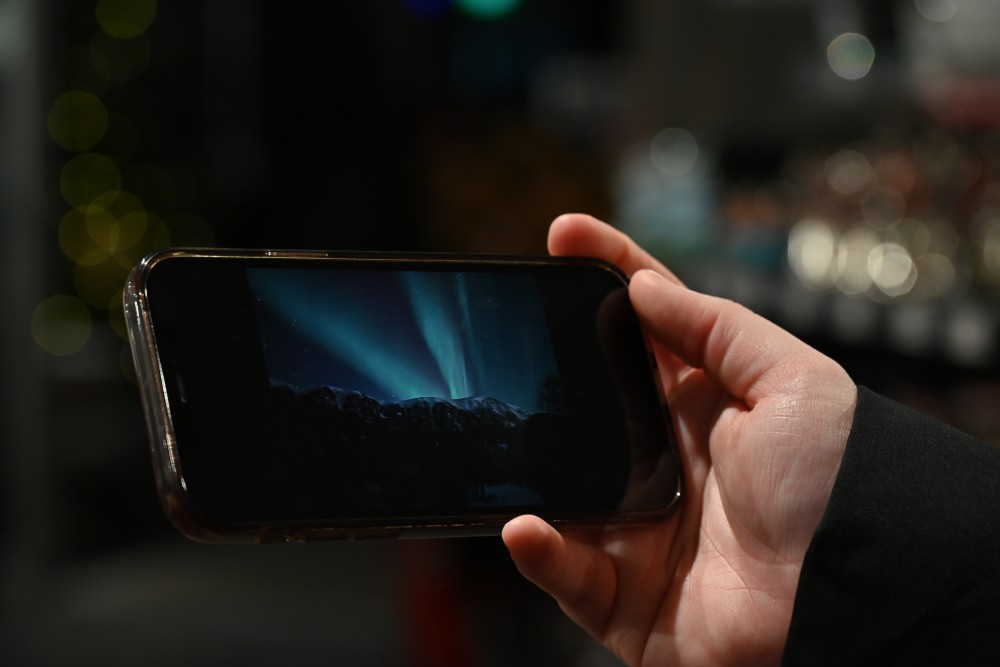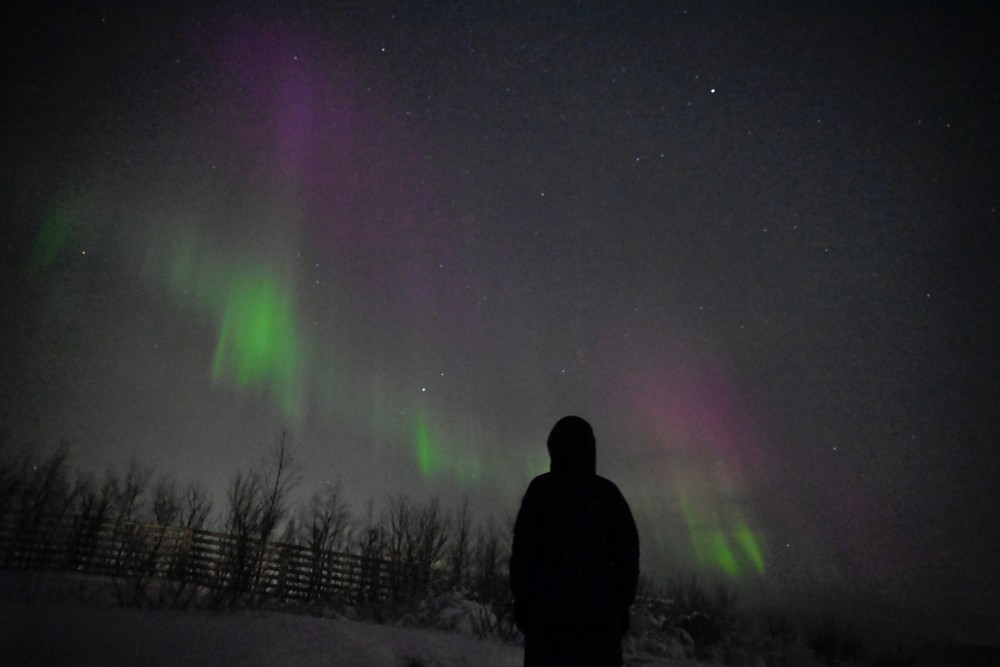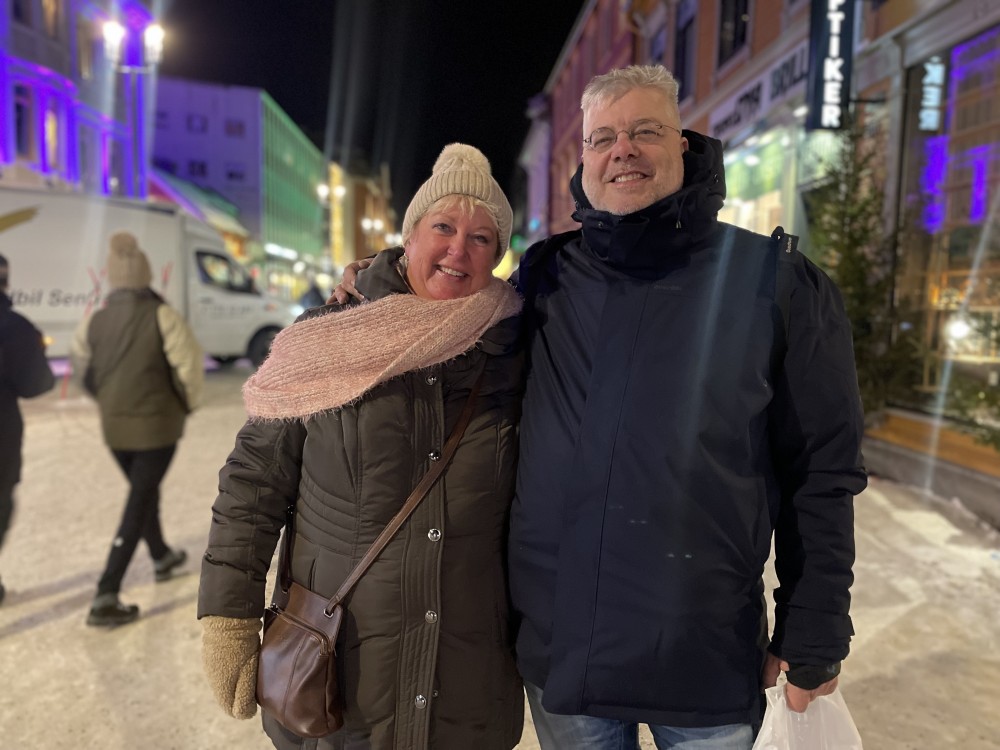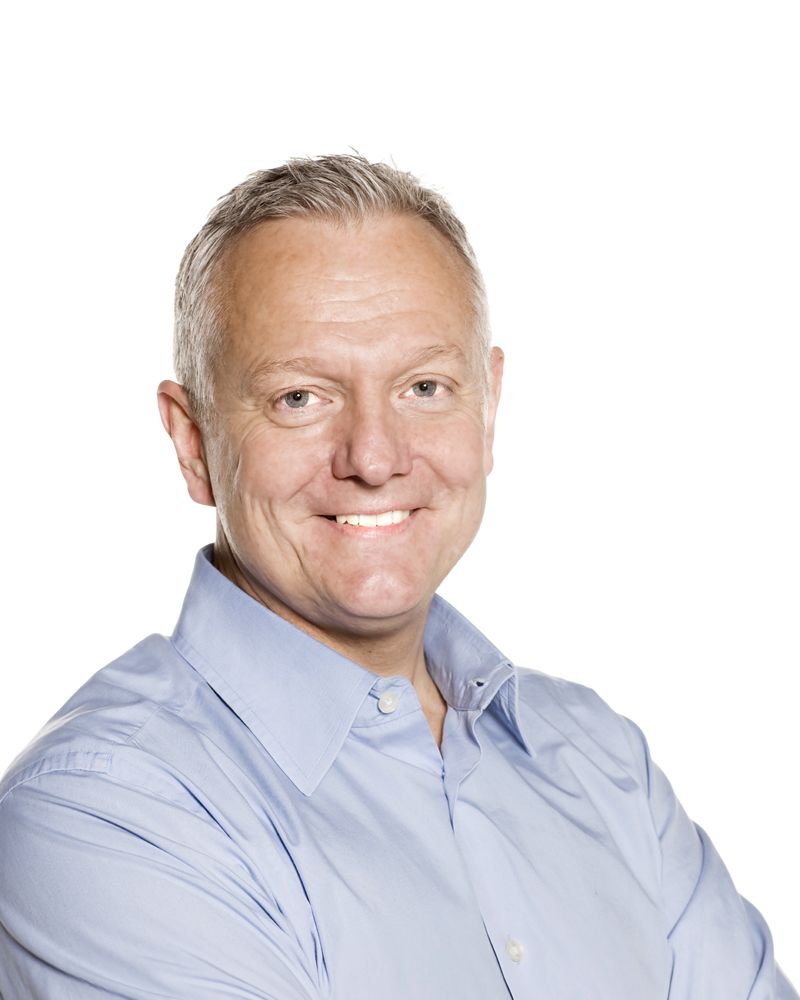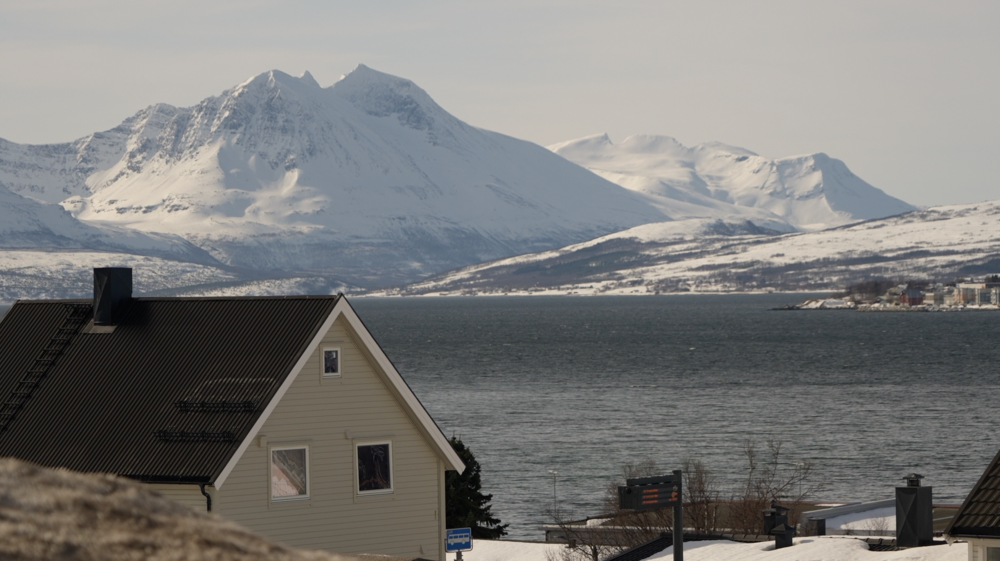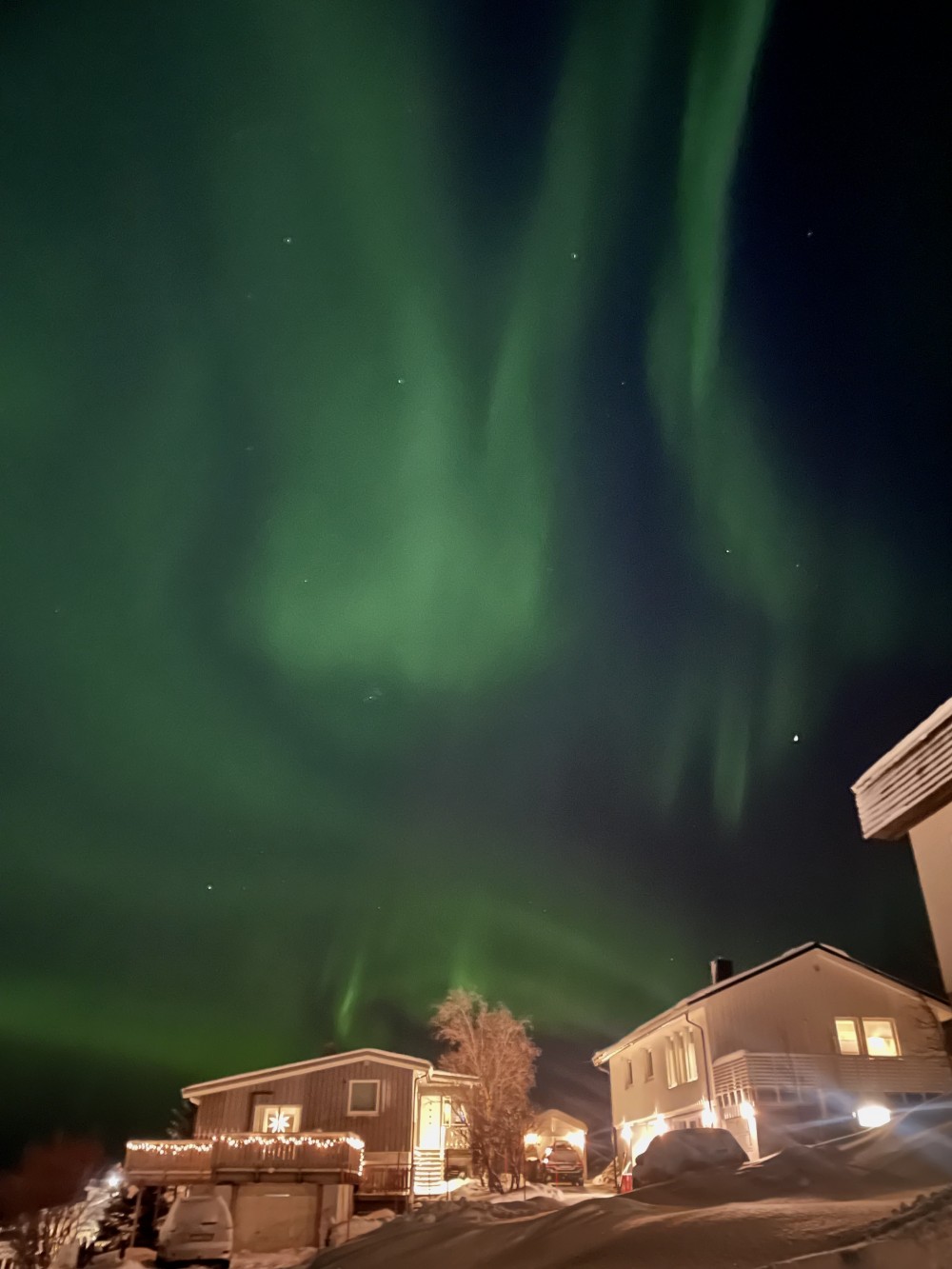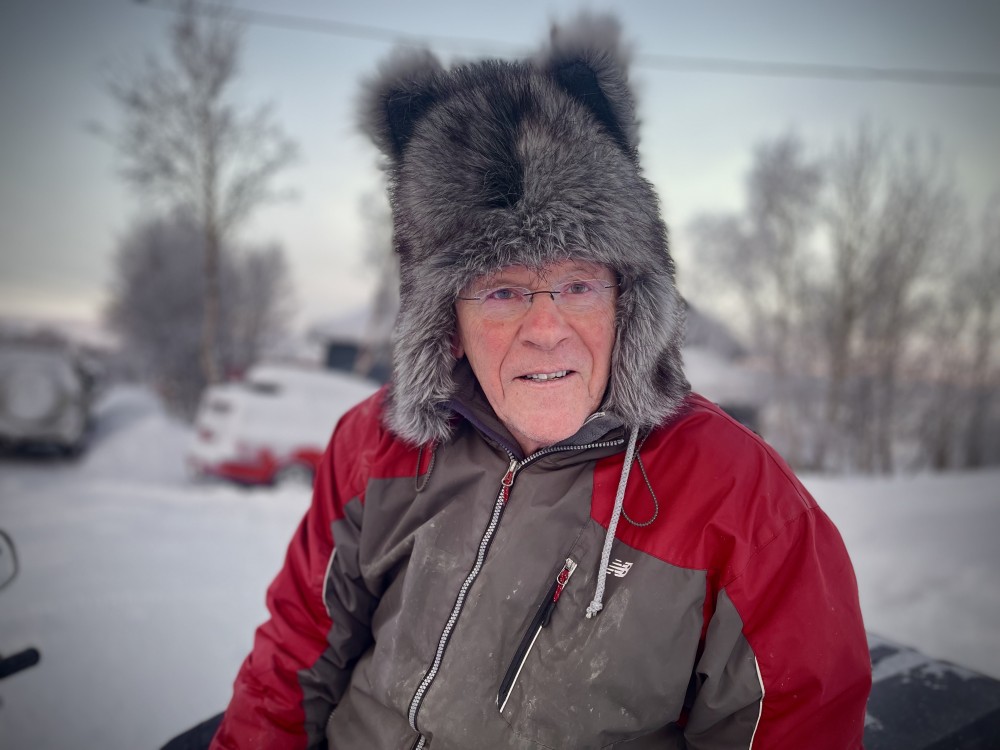Tourism is booming in northern Norway: “It’s amazing. We have never seen so many guests before”, tour operators react.
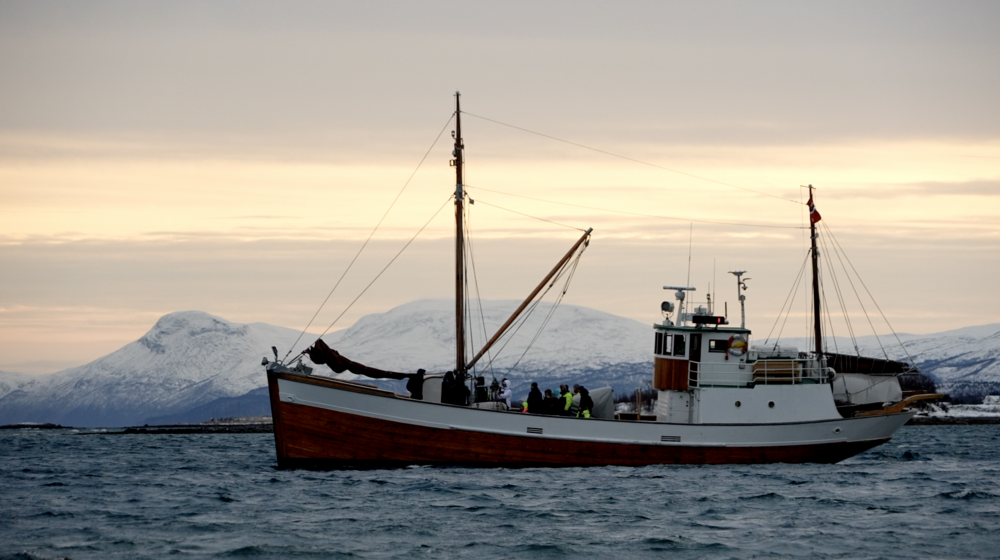
The Northern Lights capital
Hazel and Delin are standing in a queue on Storgata, central Tromsø, to get a cup of hot wine from Raketten kiosk. It’s -10C outside.
“We decided to get a drink before we catch a bus tonight to see the northern lights for the first time,” says Hazel, sipping the hot wine. They are tourists from China who have always dreamt of seeing the aurora and are visiting Tromsø for three days.
Tourism industry workers in Tromsø tell the Barents Observer that the northern lights are the main reason why tourists come to the North of Norway.
“Until December we had triple the amount of bookings for this year’s winter season”, says Trond Arne Kongsli, CEO of the tour guiding company Best Arctic. “We have never seen this before. It’s amazing”.
One of the main reasons for that, in Trond’s opinion, is that there are now around 20 direct flights arriving every week that connect Tromsø with various parts of Europe, a number that has doubled since 2018. To satisfy this increase in winter tourism traffic, a new terminal is currently being built in Tromsø airport.
“Since I was a kid I wanted to see the northern lights”, Katrin, a tourist from Germany told the Barents Observer, while she and her partner Maxi were souvenir shopping in central Tromsø. “So we googled and saw that Tromsø was called ‘Capital city of the Northern Lights’ and decided to come over here”.
Experts point out that direct flights are very important for winter tourism. In summer, international guests tend to drive their own cars to visit northern Norway. But in winter time, flights are mostly the only option.
The Best Arctic CEO, Trond, says that the majority of their clients come from Germany, Austria, Switzerland, UK, and Asian countries like China and Malaysia. There are more and more tourists arriving from India as well.
Winter tourism in northern Norway looks set to continue its current boom.
“Last winter season from 1 October 2022 til April 2023 we had 320,000 international winter guests in the north of Norway. This year we are planning to reach up to 350,000 international guests” Børre Berglund, manager of the Arctic-365 cluster says.
Arctic-365 is a cluster that unites 105 travel companies spread all around the north of Norway, and helps the tourism industry to develop. Along with the Northern Norway Tourist Board, they support and strengthen cooperation across the tourism industry.
Besides the expansion of direct flights, Børre explains, such a rapid increase in the number of international guests is also because Norwegian tour operators have invested a lot into developing higher quality, market-orientated services.
“What our tour operators didn’t have before – are the sets of commercial packages that include competent guides with good knowledge both about northern lights, local culture, history, and how to take good pictures of the northern lights,” says Børre Berglund. “Now it’s all there”.
A billion NOK industry
On Tromsø’s Storgata – a vibrant central shopping street – Ingrid poses while her husband Edwin takes pictures of her with shop lights and Christmas trees in the background.
“We have always wanted to see the northern lights someday in my life. Yesterday we saw it!” – Ingrid told the Barents Observer. – “It was magic, incredible, we felt one with nature!”
The couple is fascinated by the “quiet atmosphere with very few cars” in Tromsø and by the real winter: “Lots of snow and a winter cold – we haven’t had something like this for 20 years in Roermond, Netherlands, where we are from,” Ingrid exclaims.
While Storgata now looks vibrant and busy, it wasn’t the case during the COVID pandemic, which saw tourism income across Northern Norway contract by up to 80%. But since 2022 tourism is experiencing not just a revival, but a significant increase.
According to Børre, in the winter season of 2022 – 2023, the total income from tourism in Northern Norway was 1.6 billion NOK. “To compare with the pre-COVID 2019 – 2020 season, it’s an increase of about 10%”, he explains.
“70% of all the tourism turnover is accumulated in the Tromsø region,” Børre continues. The increase in tourism inevitably puts pressure on the city’s infrastructure and this is a new challenge for the local authorities to deal with.
Choosing Tromsø over Finland and Sweden
Outside Raketten, Hazel says she first found out about Tromsø from the Chinese social media platform, “Little Red Book”.
“I was deciding between Finland or Norway. I went to social platforms and saw that Tromsø is very popular there. So I thought that’s the best place to go. Here you can see the amazing view from the tops of the mountains, the city lights, the aurora and take a boat trip to see the whales. It’s fascinating”.
Tourists and operators highlight the picturesque coastline as one of the major advantages that helps Norway, and specifically Tromsø, to capture Northern Lights tourists from their rivals in Finnish Lapland and northern Sweden. The coastal location allows tourists to combine the chasing of northern lights with other activities such as whale watching or King Crab fishing.
Weather is another factor as well. Ingrid from Holland said that temperatures in Finland or Sweden of up to – 30C in December would be too cold for them, but Tromsø’s -10C is just about acceptable.
With tourist numbers increasing, it’s no surprise that prices are rising too. CEO of Best Arctic, Trond, told The Barents Observer that this year his company has raised prices by 10%. Meanwhile, the capacity of his tour agency has also almost doubled:
“We sell 120 places of snowmobiling trips a day, and 140 places for husky trips – that’s 1.5 times more than previous winter seasons”, Trond told The Barents Observer.
The Aurora watching trip in his company will cost you from 1100 NOK (around €100), while a snowmobile trip is around 2000 NOK (€180) per person.
In the souvenir shop, Katrin and Maxi from Germany pointed out that things are “way more” expensive in Norway than in Germany for them. The couple said they had so far spent around 3000 euros on this Norwegian vacation.
“It’s not luxury where we are staying and what we eat. It’s super basic. It’s expensive for a basic trip. But we like it here”, Katrin added.
Kirkenes
Kirkenes, the Norwegian town on the border with Russia, is another popular destination for tourists wanting to see northern lights, take a husky trip, or fish for the local Barents Sea delicacy of King Crab.
Though Kirkenes boasts all the best attractions of the north, infrastructure in the city falls behind Tromsø, including limited direct flights from European cities and fewer hotel facilities. This, as experts suggest, is preventing Kirkenes from following the same tourism boom that is happening in Tromsø.
“Our experience today is that we are lacking 200 hotel rooms”, – Hans Hatle, the owner of the “Barents Safari” company based in Kirkenes, told the Barents Observer. His company hosts up to 190 guests per day.
“Groups who visit us in Kirkenes from Finland very often have to spend the night in Vardo or Vadso. It’s a big shame in my opinion”, Hans continues. “But the problem is, even if you get hotel investors here, there would not be enough electricity available from the local power station.”
Barents Observer asked Varanger Kraft (the company that provides electricity to Kirkenes) to comment on the electricity capacity but they have yet to reply.
Some experts The Barents Observer spoke to expect that the German airline Eurowings is planning to launch direct flights from German cities to Kirkenes. However, the company was unable to confirm this expansion to the Barents Observer:
“We have steadily expanded our offer to Norway in recent years and started new destinations from and into Germany”, writes Florian Gränzdörffer, Head of Media Relations Eurowings. “Of course, we are also continuing to check where we can expand our European network. At the moment we cannot confirm any planned connections to Kirkenes. However, we will be happy to keep you informed should there be any changes.”
But even if the flights start, it immediately prompts the issue of where to accommodate these extra guests in Kirkenes.
Yet, while tourism is booming elsewhere in Arctic Norway, experts predict the demand will only keep rising. To meet this growth, the regional tourism industry will have to adjust to such challenges and keep finding solutions.
“I think there is a trend in the global travel industry – people want to go north instead of south”, Trond from the Best Arctic says. “Maybe it’s the climate change… But people nowadays want to go where it’s cold”.
Located in Kirkenes, Norway, just a few kilometres from the borders to Russia and Finland, the Barents Observer is dedicated to cross-border journalism in Scandinavia, Russia and the wider Arctic.
As a non-profit stock company that is fully owned by its reporters, its editorial decisions are free of regional, national or private-sector influence. It has been a partner to ABJ and its predecessors since 2016.



